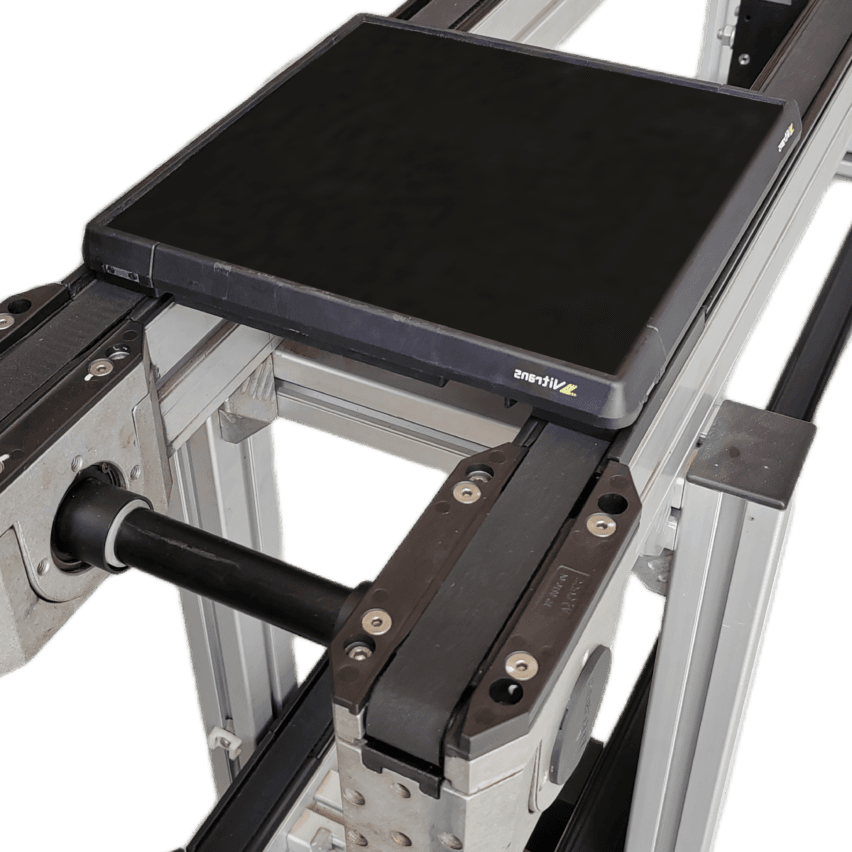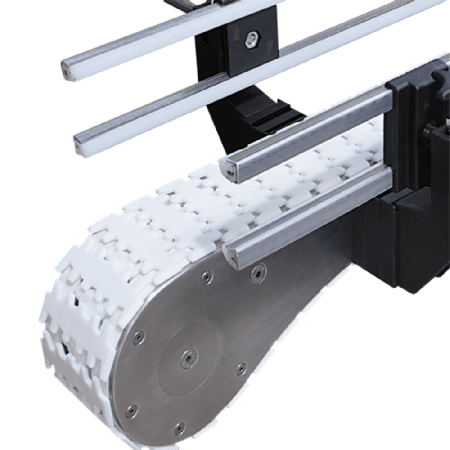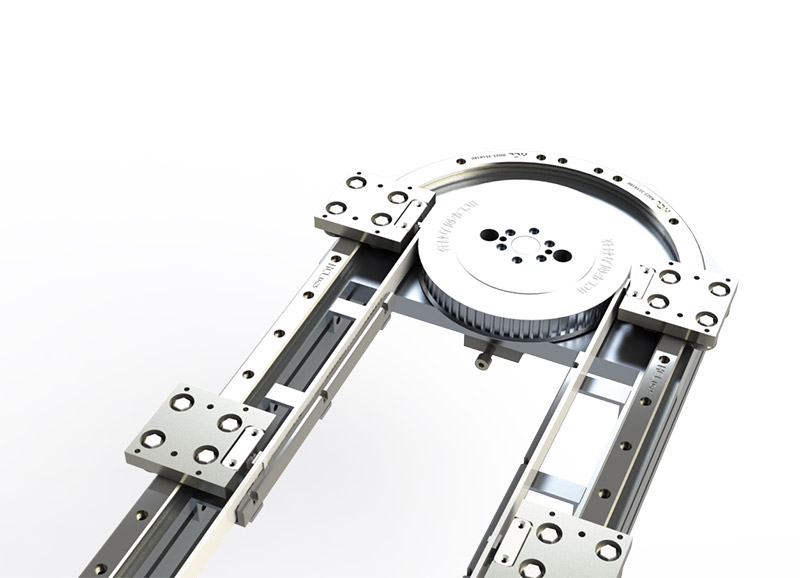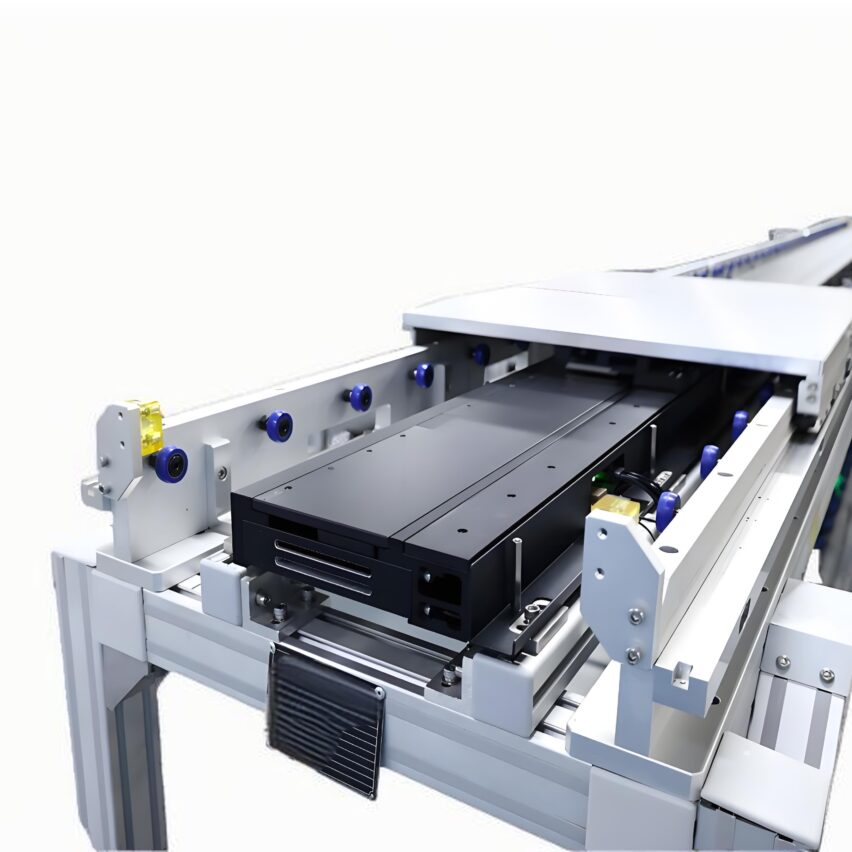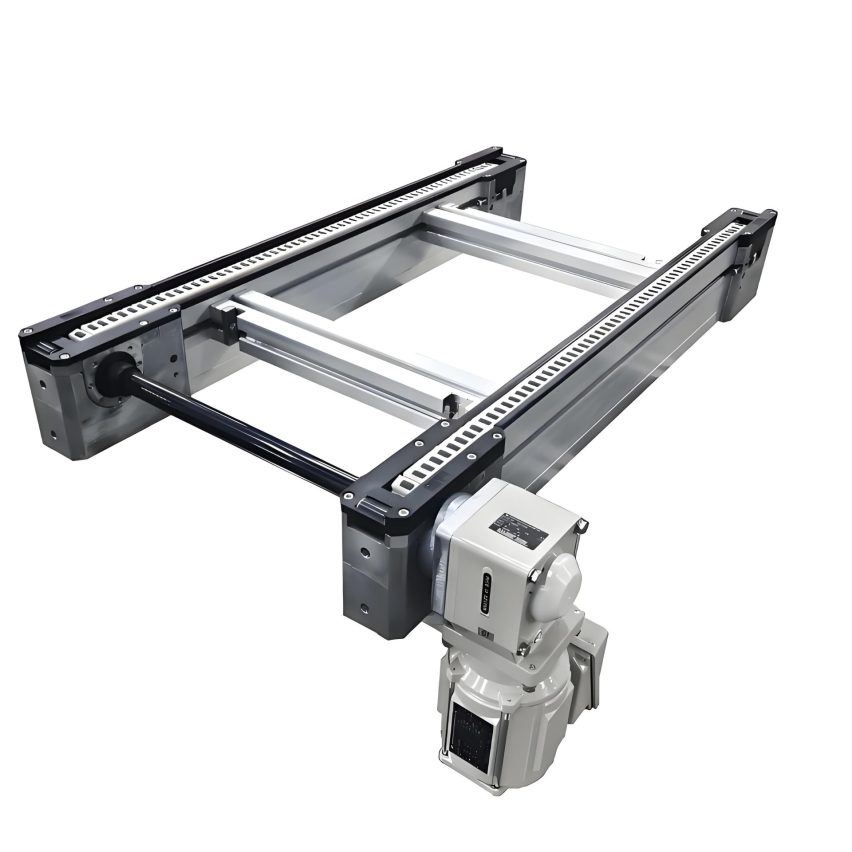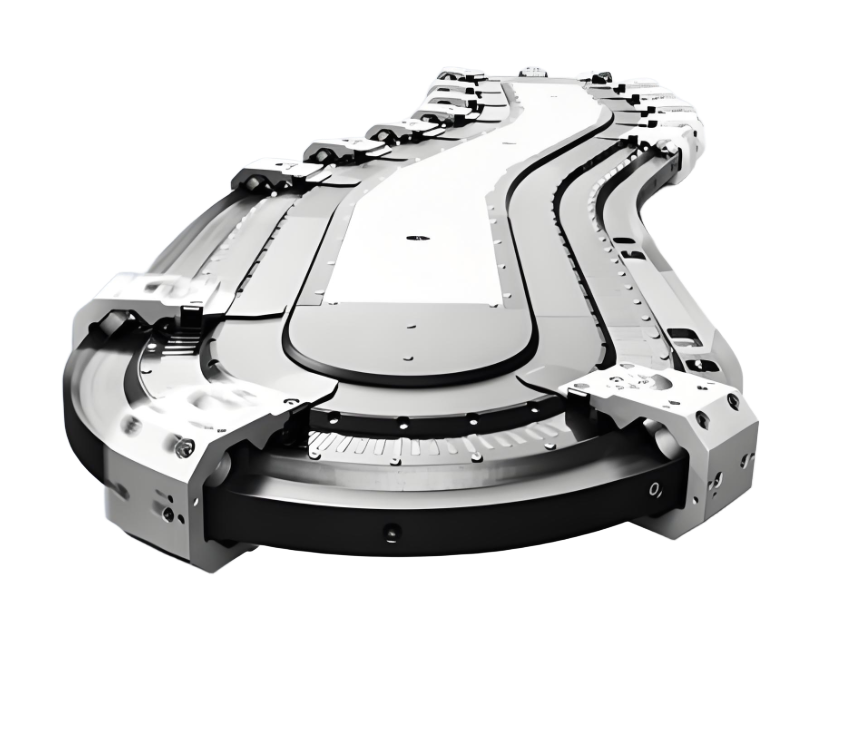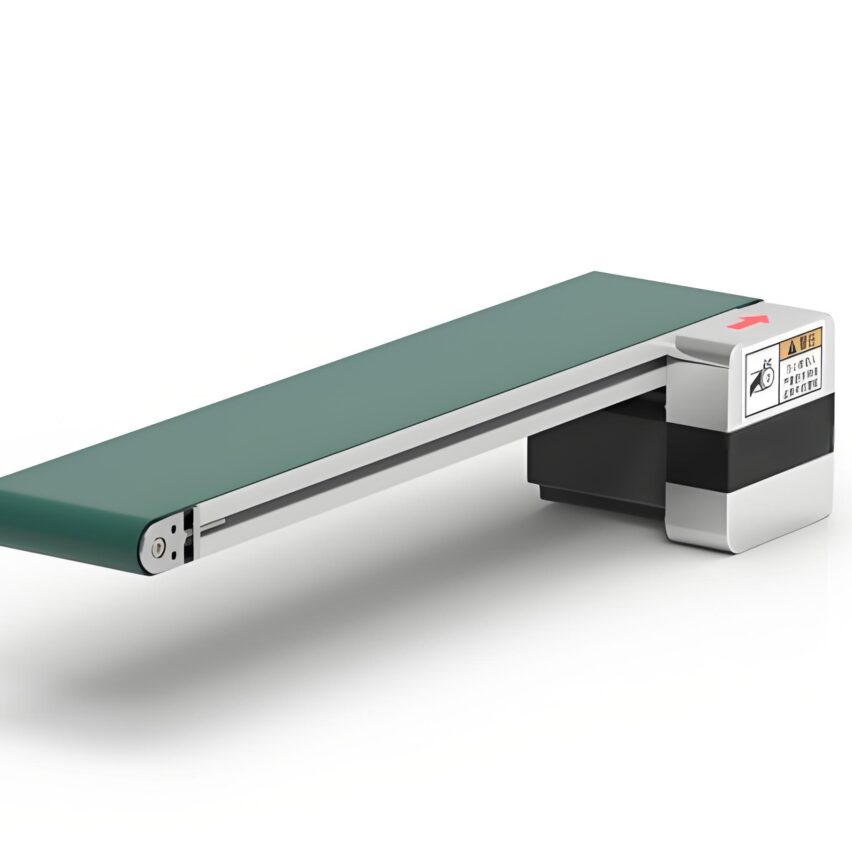Have you ever wondered why those goods running fast on a factory assembly line can suddenly stop in front of the workers while the whole line is still running?The secret lies in the golden pairing of the "roller" and the "stopper".The first thing I want to do is to make the production line more efficient! Today we will break up the crumbs to talk about the production line to double the efficiency of the divine operation.
First, understand the "three brothers" of the speed chain.
To put it bluntly, the multiplier chain can run and stop thanks to three core components:
- sprockets: It's a conveyor belt with rollers and rollers (imagine a wider version of a bicycle chain);
- tooling board: Tray for goods with grooves at the bottom to catch the chain rollers;
- stopperThe "traffic cop" on the assembly line, who stops when he says he will.
Guess what? The plate runs faster than the chain! For example, if the chain travels 1 metre per second, the pallet can run 2.5 metres - that's where the term "double speed" comes from. How does it work? See below 👇!
Second, the roller speed increase: small roller pry big speed
hinge onDifference in dimensions of rollers and rollers! Take a look at the data set:
- rollers(contact chain): radius r (e.g. 10 mm)
- large roller(against a work plate): radius R (e.g. 25 mm)
- Multiplier = (R + r) ÷ r→ Example: (25+10)/10 = 3.5 times speed
The chain pulls forward 1 metre and the work plate scuffs out 3.5 metres.! It's like you're prying a boulder with a short stick, saves energy and picks up speed.
Third, the blocker out: the mystery of stopping when you want to stop
Here's the point! How do you get a work board to stop when it's running on fumes?It's all in the stopper.::
- Moment of Interception: The workpiece "clunks" against the raised stopper (pneumatic or mechanical);
- The chain continues to run wild: but the work plate is jammed.Bottom roller idles and slips(like pedalling on a treadmill in place);
- Friction control: Rollers and tooling plates arerolling frictionThe low resistance does not hurt the equipment.
That's when the magic happened.Cargo in the back is moving forward as usual.It's completely unaffected! Wouldn't you say it's a time-out on the assembly line?
What's so great about this pair? Why can't factories do without them?
- bursting with efficiency::
- Workers assembling slowly.The whole line doesn't have to wait..;
- A workstation blocked?The rest of the team is still running., saving 30% time over traditional pipelines.
- save money and worry::
- The rollers wear very little when idle.More than 2 times longer chain life.;
- Aluminium rails are dustproof and jam-proof, no matter how dirty the workshop gets.
- Flexible to the point of perversion.::
- Install a mobile phone today, convert a TV tomorrow?Adjust the blocker position and it switches immediately..;
- Car factories mixing SUVs and minivans?Staggered accumulation of different models, one line all the way through.
V. A personal view: don't underestimate the "local approach"
After ten years of automation, I've found that the most brilliant designs often don't mess with fancy technology. It's like a multiplier chain build-up--Solving complex problems with physical structuresIt is more reliable than piling up sensors and codes. Especially for small and medium-sized factories that want to upgrade their production lines, this is the solutionLow cost, low retrofit cost, goes live in three daysThe next time you see a factory assembly line, look for those unassuming silver blockers. The next time you see a factory assembly line, look for those unassuming silver stoppers, behind which lies the wisdom of the manufacturing industry!
(Note: The text is based on industrial equipment principles and open technical data, and the data have been simplified for ease of understanding).


